There’s been a lot of talk lately about the future of the American workforce and economy. These conversations usually center around artificial intelligence and the fact that automation is expected to impact 47% of the workforce in the next ten years, with many jobs being drastically altered or disappearing altogether. I’ve also heard a lot insightful discourse about globalization (the original definition of that word, I mean: our increasing interconnectedness), the gig economy, and all of the different ways that social business and altruism might mesh going forward. There is a lot of energy around community-building and community-driven development and “ecosystems” as well.
While these are incredibly important conversations for us to be having, there’s a crucial aspect of these subjects that I do not see being addressed with the same level of vigor: How do we adequately support the people whose jobs are not going away? Who are those people, what do they do, and how do we help them thrive and grow those sectors? Seems obvious to me that the way forward is to look at the opportunities, right?
Well, the good news is that the way forward is right there in front of us because the people whose jobs are not going to disappear are precisely the ones who can make huge contributions to our economic development, who already navigate the gig economy with aplomb because it is their traditional way of working, and who have always integrated social consciousness and cultural awareness into their work. They are the people who have always led us, and if we let them, they will show us the path to a better tomorrow, even during this period of massive change. They are our creative class—our artists and inventors.
Start With Artists, Or End
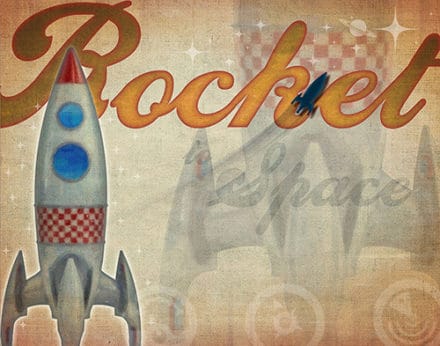
Every great leap comes as the result of three bursts of creativity. First, someone has an idea—a big bang of an idea that springs from the chaos of the mind. Second, others have tangential ideas that begin to establish organization around that big concept and develop applications for it. Third, more creative minds provide context and perspective that enable the rest of us to absorb the shock, accept the inevitable changes that follow, and integrate into the new world that we then build. This process requires a particular combination of creativity, determination, independence, and courage, and artists embody these values on a daily basis. Of course, I’m using the term “artist” very broadly to include all the innovative thinkers and “creatives” among us. (Was DaVinci an artist or a scientist?)
The grand irony is that this creative class is almost always derided at best, martyred at worst. Change is hard, so we gag and push away those who suggest it. Unfortunately, recent times have been no different in this regard. Even as philanthropists, governments, and businesses invest directly in communities, it’s often only at the very end of the process, once a project is nearly complete, that a request for proposal is issued for a public art commission to be shoehorned into the neighborhood—as if tacking on an annex to the rear of a building might somehow overcome the weaknesses of the entire structure.
We’ve got it backwards, and we’re backing up at top speed toward a cliff fall that will destroy us and our planet. If we hope to survive, we must look first to our artists and innovators. The people who will triumph in tomorrow’s economy—and who will pull the rest of us up along with them—are the ones with the great new ideas and creative vision to see the big picture. Artists are the ones who can reinvent the concepts and services that our society requires in order to adapt to life’s ever-changing conditions. Who else will figure out how to pull all of that carbon out of the air and develop monetizable uses for it.
Look around at the edgy, up-and-coming neighborhoods in your area. Who do you see there? Artists. Let’s follow those who already venture into economically downtrodden communities, those who build art and creativity into these spaces, spur development, and transform them completely with their inspiration, their work, and even their very presence.
Creativity Fuels Creativity
Whether you work as a city planner or a nurse or a school administrator, environments that feed your spirit help you work smarter, better, and more efficiently. Who creates those positive environments? Did you answer “artists”? If so, you are correct. So why not insist on including them when we are drawing up the new blueprints and reinventing the ways that products and services are conceived, designed, built, and delivered. Doing so would deliver better results.
My aunt and uncle once had a yard sale when they were about to move. Among the items of which they hope to divest themselves was a bookcase loaded with paperbacks that they had read but did not plan to read again. It was quite a successful sale, with many neighbors snapping up all kinds of things—except for those books. They just sat on the shelves for most of the afternoon, until one of my cousins slammed his bike into the bookcase and knocked most of the books out into a pile on the lawn. Within the hour, almost all of them were sold.
Collaboration breeds ideas in the same way that my cousin caused book sales. In a burst of energy, he created chaos within which existed the freedom to act. Dance floors remain empty until the first brave couples step onto them. Similarly, one idea leads to another, and many ideas lead to better ideas.
Detonating Essential Innovation
We cannot realistically expect a creative class that’s been standing on the edge of the dance floor to take center stage with no music or dance shoes. First, they must be armed with entrepreneurial tools—business and community-building skills with which to sustain themselves and support each other while they are leading the rest of us forward.
That’s what CHF delivers, and it works. The combination of confidence, expertise, and peers to lean on works wonders. Given time, I know that this group will demand to be reckoned with. Time is not our friend, though, so I for one am doing everything I can to reorient those business, philanthropic, and government forces to move forward by the light of our creative visionaries.

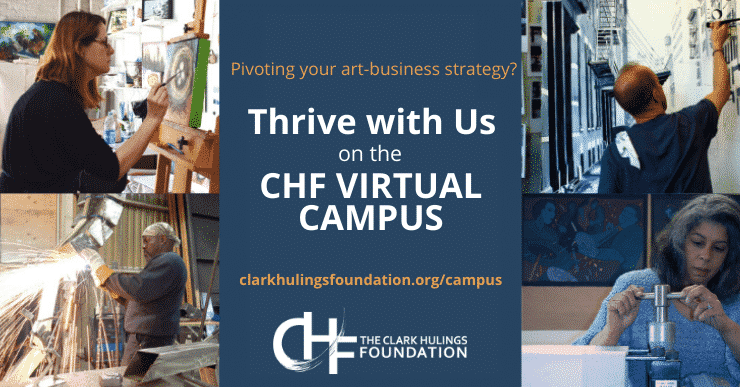


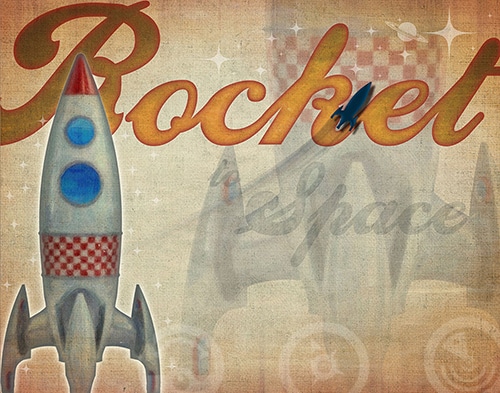
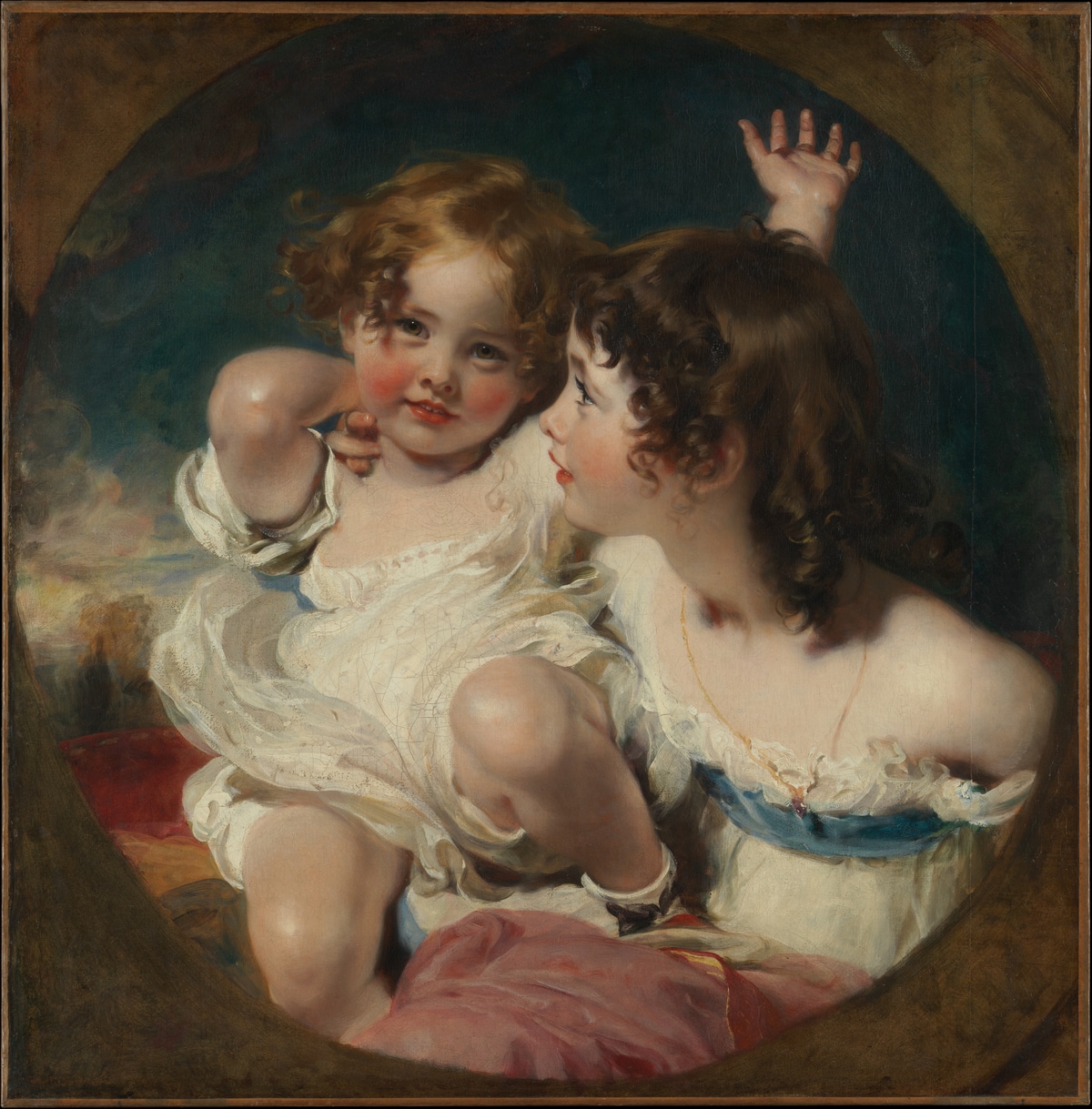

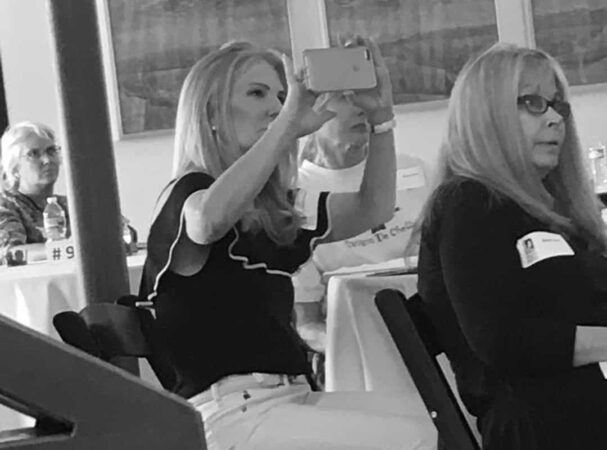
Elizabeth, it is wonderful to read this article. You clearly and concisely summarize my conviction about the importance of creative thinking and the role of artists in making our world a better place.
I agree! I remember watching one of those end-of-the-world movies…Deep Impact? Only a few people could be saved in the bunker. The government requested doctors, teachers, engineers, and ARTISTS. I remember thinking, ‘I want a profession that’s valued enough to be saved if #@?! goes down!’